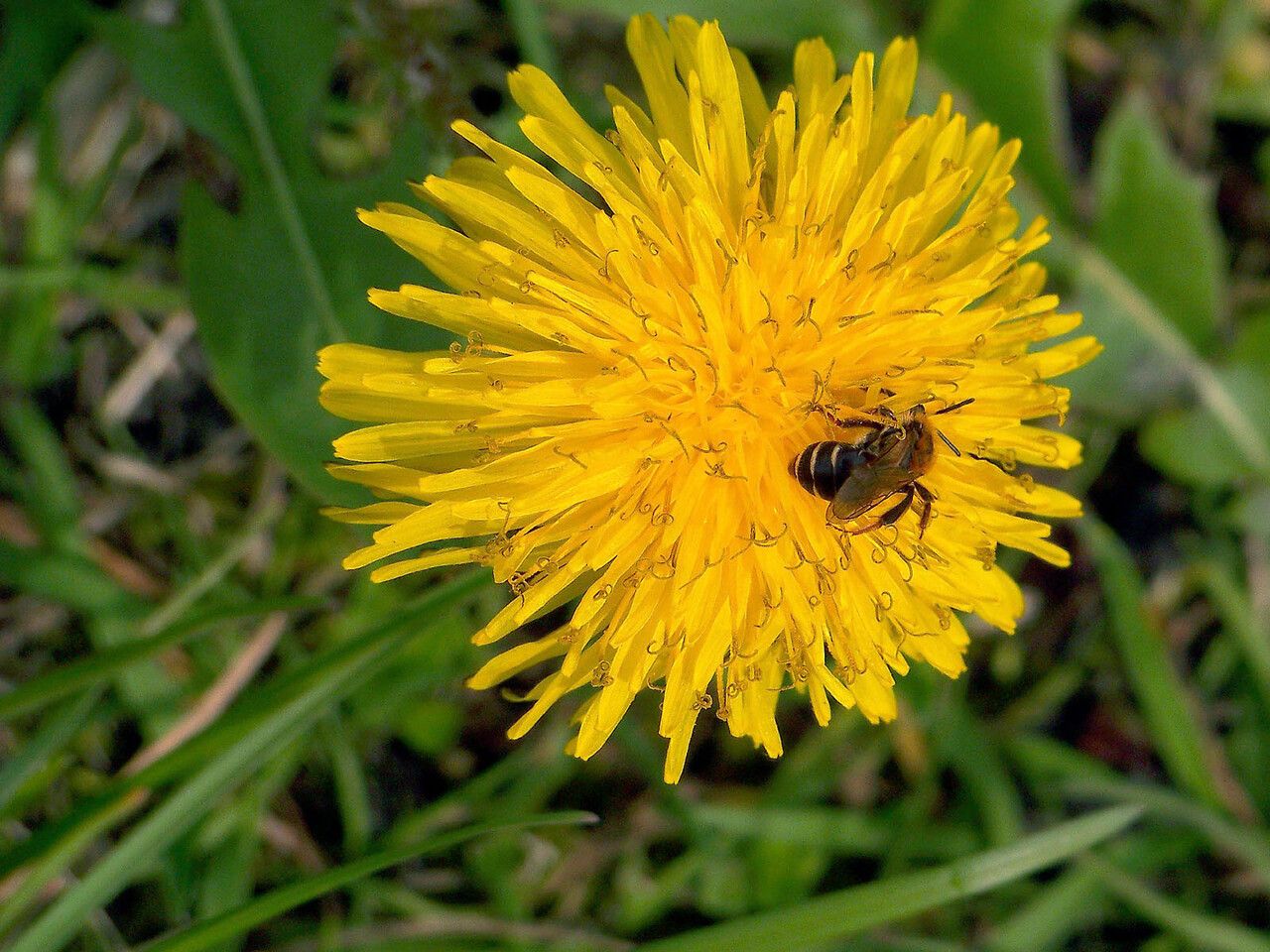ObservaçãoTaraxacum sect. Taraxacum F.H.Wigg.observado por Andrzej KonstantynowiczAndrzej Konstantynowicz20 de abril de 2014
Andrzej KonstantynowiczAndrzej Konstantynowicz20 de abril de 2014
observado por Andrzej KonstantynowiczAndrzej Konstantynowicz
Andrzej KonstantynowiczAndrzej Konstantynowicz
20 de abril de 2014
Determinação
Determinação proposta
Sugerir outra determinação
Não concorda com as espécies sugeridas mas não tem outra sugestão
Comentários
Dados adicionais
Criação de dados
31 de dez de 2021
Última revisão
9 de out de 2023
Łódź, Park Kilińskiego
This busy pollinator is Apis mellifera cecropia - Greek honey bee.
Synonyms: 'Crepis taraxacum', 'Leontodon taraxacum', 'Taraxacum almaatense', 'Taraxacum laeticolor', and many, many, many others...
Edible plant - leaves raw or cooked; leaves and the roots are used to flavour herbal beers and soft drinks such as "Dandelion and Burdock"; roots of 2 year old plants are harvested in the autumn, dried and roasted to make a coffee substitute.
Herbal plant - especially effective as a diuretic because it contains high levels of potassium salts and therefore can replace the potassium that is lost from the body when diuretics are use; the plant is used internally in the treatment of gall bladder and urinary disorders, gallstones, jaundice, cirrhosis, dyspepsia with constipation, oedema associated with high blood pressure and heart weakness, chronic joint and skin complaints, gout, eczema and acne!!!
Useful plant - a low quality latex, for making rubber, can be obtained from the roots of this plant; a magenta-brown dye is obtained from the roots.

